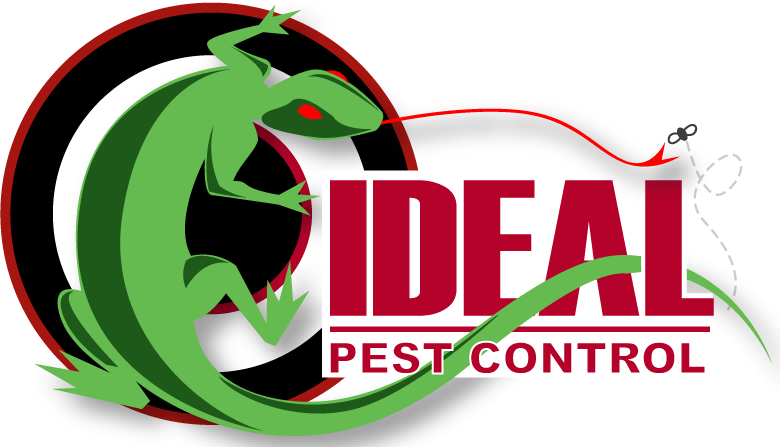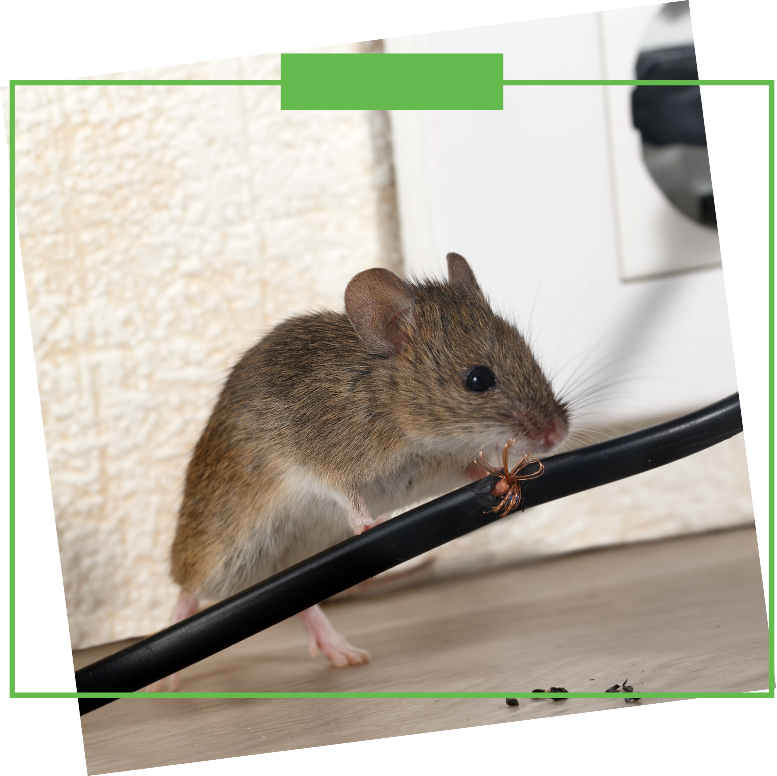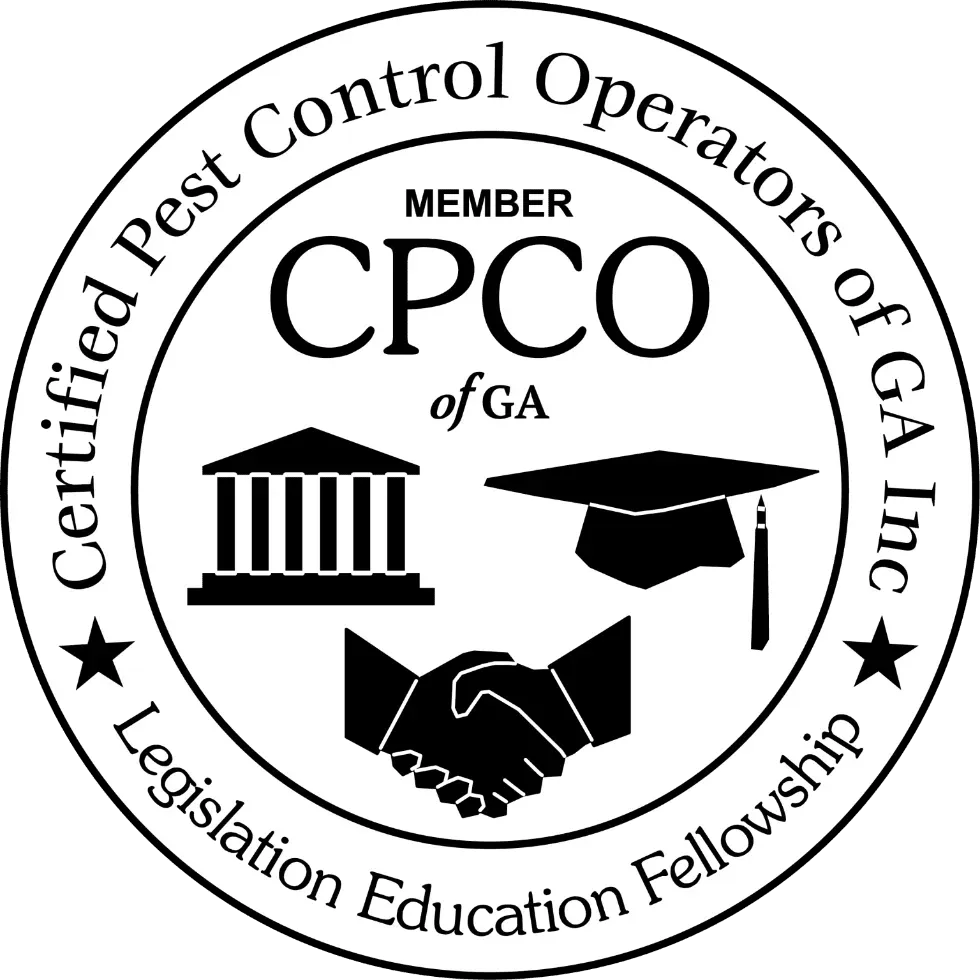A mouse doesn’t need much of an invitation. A gap the size of a pencil, a warm corner near the pantry, and suddenly, your home has a new—and unwelcome—occupant. Mice are small, quiet, and quick, but the damage they bring is often anything but minor. Chewed wires, contaminated food, shredded insulation, and the faint sound of scratching behind your walls—these are just the beginning.
What makes mice especially problematic is their adaptability. Once inside, they find nesting spots in areas you wouldn’t expect: inside appliances, under floorboards, or within the soft lining of your attic insulation. While they’re busy gnawing and nesting, they’re also leaving behind droppings and urine that can introduce bacteria and worsen allergies. Left unchecked, one mouse can turn into a breeding population in a matter of weeks.
And the real trouble? You often don’t know they’re there until they’ve already made themselves at home.
Where The Infestation Starts (And Why It Sticks Around)
It usually begins with one. Maybe it’s a cold snap that pushes a mouse indoors. Maybe it’s a forgotten bag of bird seed in the garage. Whatever the reason, the first mouse is rarely the last. Mice are social creatures that thrive in warm, undisturbed areas with food close by. If conditions are right, they settle in quickly and reproduce rapidly.
Unfortunately, mice are excellent at staying out of sight. They move along walls, hide during the day, and only come out when it feels quiet and safe. That means the signs—droppings, scratching sounds, or chewed boxes—are often brushed off until the infestation is well underway. And once they've established scent trails and nesting areas, they're difficult to dislodge.
Even removing a few doesn’t solve the core issue. If the entry points remain unsealed or food remains accessible, mice will keep coming back. They're creatures of habit with a sharp sense of direction, and they can find their way into the same places again and again.
What Real Removal Involves
Getting rid of mice isn’t just a matter of putting down a trap and calling it a day. Real removal starts with understanding their patterns. Where are they entering? What food sources are they relying on? Where are they nesting? These questions need to be answered before anything else.
A detailed inspection of your property is the first step. Mice can enter through roof vents, wall gaps, foundation cracks—even utility lines. Once those areas are identified, exclusion methods like sealing holes and reinforcing vulnerable zones can begin. Then, carefully placed traps—never randomly scattered—are set in areas with clear activity.
But catching them is only part of the solution. Nesting sites need to be removed, contaminated areas cleaned, and long-term monitoring put in place. If any of these steps are skipped, mice may be back before you know it. That’s why cleanup and prevention are just as important as elimination.
Sanitizing droppings and removing nesting materials helps eliminate the scents that attract other mice. Reinforcing common entry points with materials they can't chew through keeps new ones from finding their way in. And if your property has features that make it an ongoing target—like outbuildings, stored food, or dense vegetation—regular check-ins can prevent another wave of activity.
Why Professional Intervention Matters
It’s tempting to tackle the problem with a few traps from the hardware store. But the truth is, most infestations run deeper than they appear. For every mouse you catch, there may be several more nesting quietly nearby. And when mice become trap-shy or find food sources outside your control, DIY methods quickly fall short.
Professionals bring more than just tools—they bring a game plan. From pinpointing hidden entryways to understanding behavior patterns and nesting cycles, experienced technicians know how to break the infestation cycle. It’s not just about catching a few mice; it’s about removing the conditions that allowed them in to begin with.
Even more importantly, pros know how to do the job thoroughly. That means dealing with the contamination they leave behind, identifying high-risk zones, and setting up long-term deterrents. A professional plan ensures the problem gets solved completely, not just temporarily quieted.
At Ideal Pest Control, we understand how frustrating—and unsettling—it can be to deal with a mouse problem. Our team takes a full-spectrum approach: inspection, exclusion, removal, cleanup, and prevention. If you've noticed signs of mice or just suspect something’s not right, don’t wait until the issue gets worse. Contact us today to schedule an assessment or ask us any questions. We’re here to help you reclaim your space and keep these pests from coming back.
Frequently Asked Questions About Mice
Q1. Why do mice keep coming back even after I get rid of them?
A1. Mice are creatures of habit and opportunity. If your home provides easy access to food, warmth, or shelter, they’ll continue trying to return—even after removal. Mice leave behind pheromone trails and urine scent markers that signal safe territory to others. Unless those scent trails are thoroughly cleaned and entry points are sealed, you could be inviting a revolving door of rodent guests. Even tiny gaps the size of a dime are enough for them to squeeze through.
Q2. Can one mouse really turn into a big infestation?
A2. Absolutely. A single female mouse can produce up to 10 litters per year, with 5–12 pups per litter. Within six weeks, those babies are mature and ready to start families of their own. In just a few months, one mouse can become dozens if left unchecked. What starts as a lone rodent scratching in the wall can quickly evolve into a full-blown infestation hidden behind your walls, in your attic, or under your appliances.
Q3. Are mice really a health risk or just a nuisance?
A3. Mice pose serious health risks far beyond being a nuisance. Their droppings, urine, and saliva can contaminate food and surfaces, spreading diseases like hantavirus, salmonella, and leptospirosis. They also bring parasites like fleas and ticks into your home. As they gnaw through insulation and wiring, mice can even increase your risk of electrical fires. If you see signs of mice, it’s not just about comfort—it’s about safety.



